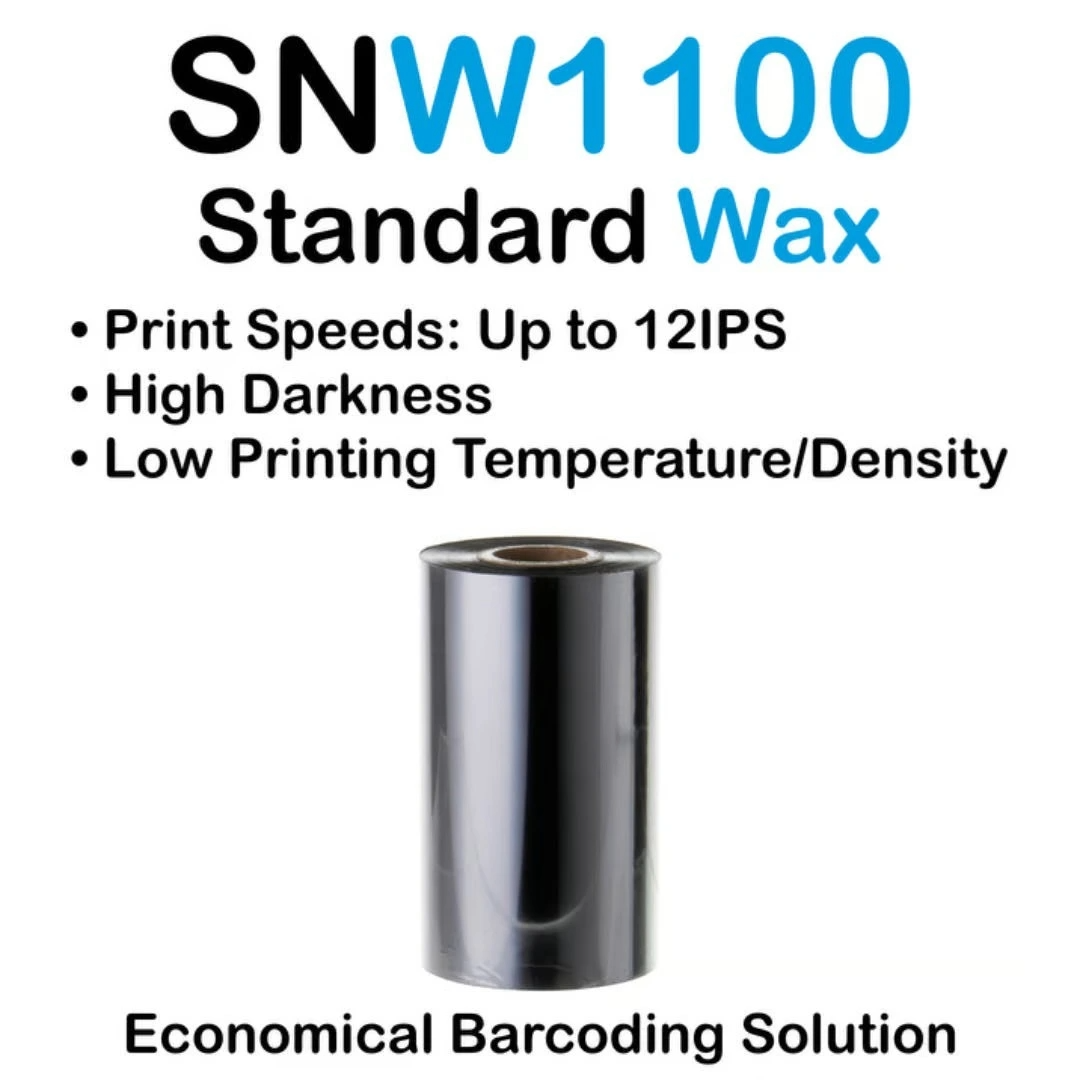Why Wax-Resin Ribbons Outperform Other Types in Logistics Labeling
Understanding Thermal Transfer Printing in High-Demand Logistics Environments
Most warehouses and distribution centers rely on thermal transfer printing for their logistics labels these days. According to Barcoding Canada's latest report from 2024, around 70% of facilities have made this their go-to solution for tracking shipments and other essential labeling needs. When dealing with massive volumes, these printers need to keep churning out clear prints on all sorts of surfaces - think synthetic films used in cold storage environments as well as the recycled paper stock many companies now prefer for sustainability reasons. And they do this at impressive speeds too, often surpassing 12 inches per second without missing a beat. The result? Labels that stay readable even after bouncing through multiple hands and harsh conditions across the entire supply chain network.
How Wax-Resin Hybrid Technology Balances Durability and Print Quality
Wax-resin ribbons combine the sharp print resolution of wax with the chemical resistance of resin, offering 60% better abrasion resistance than pure wax alternatives. The hybrid formulation prevents smudging on polypropylene surfaces while maintaining edge clarity essential for 2D barcodes, making it ideal for demanding logistics environments.
Advantages Over Pure Wax and Full Resin Ribbons in Real-World Use
According to Ponemon's 2023 study, companies using wax-resin ribbons can save around $740,000 each year on label reprints alone. These ribbons last way longer under rough handling from forklifts compared to regular wax ones actually about three times longer if we're being specific. Plus they work just fine with standard printers unlike those expensive full resin alternatives. That makes wax-resin a smart pick for warehouses running different types of equipment where both lasting power and printer compatibility matter quite a bit day to day.
Enhanced Barcode Clarity and Scan Reliability in Transit
Optimized ink viscosity produces bars twice as sharp as standard wax ribbons, achieving a 99.2% first-scan success rate even after 14 days of humidity exposure. Carriers report 31% fewer delayed shipments due to unscannable labels when using wax-resin ribbons, directly improving supply chain efficiency.
Durability of Wax-Resin Labels in Challenging Shipping Conditions
Resistance to Moisture, Abrasion, and Rough Handling During Transport
Wax-resin labels endure three times more abrasion than pure wax versions and maintain 98% scannability after mechanical stress tests (2024 Material Durability Report). Their semi-porous protective layer repels condensation without cracking, surviving over 500 hours in 95% humidity. Industrial trials demonstrate superior performance:
| Stress Factor | Wax-Resin Performance | Pure Wax Performance |
|---|---|---|
| Saltwater Spray | 98% legibility | 62% legibility |
| 50km Belt Abrasion | No ink transfer | Partial delamination |
| -20°C to 40°C Swings | <0.2mm label warp | 1.5mm edge curling |
Performance in Extreme Temperatures and Outdoor Exposure
These labels adhere reliably from -40°C freezer environments to 150°C metal surfaces, outperforming 83% of full-resin ribbons in thermal shock resistance. A 2023 logistics study found they retain shipping data for 12+ months under direct sunlight€”40% longer than standard resin formulations.
Field Test Results: Longevity and Legibility Under Stress
Third-party validation confirms wax-resin labels achieve:
- 99.6% first-scan success after 60-day ocean transit
- Less than 5% luminance loss under UV vs. 34% in wax alternatives
- No degradation from diesel exhaust or pallet sanitizers
Case Studies Demonstrating Reduced Label Failure Rates
A major automotive parts distributor cut relabeling costs by $740k annually after switching to custom rosette ribbons, reducing shipping errors from 12% to 0.9% across 23 global hubs. Port audits show these labels decreased container misroutes by 18% compared to previous resin-only solutions, with notable improvements in high-vibration rail transport.
Key Applications of Wax-Resin Ribbons Across the Logistics Sector
Warehouse and Distribution Center Labeling Needs
In high-volume warehouses, labels face constant wear from forklifts, conveyors, and handling. Wax-resin ribbons resist smudging and maintain barcode clarity through 50+ scans (Ponemon 2023), supporting inventory accuracy. According to a 2025 sector analysis, 38.9% of thermal ribbon demand comes from logistics hubs prioritizing print reliability over lowest cost.
Shipping Labels for Mixed Environmental Exposure
Wax-resin ribbons adapt seamlessly to changing conditions:
| Exposure Factor | Wax-Resin Performance Benefit |
|---|---|
| Temperature (-20°C-60°C) | Maintains adhesion without cracking |
| Humidity | Prevents ink feathering on porous substrates |
| UV Light | Slows fading by 40% vs. pure wax ribbons |
This versatility reduces the need for label replacements during transitions between climate-controlled storage and outdoor transit.
Improving Operational Efficiency with Custom-Tailored Ribbons for Logistics
Custom rosette ribbons designed for specific printer models and label materials reduce misprints by 18% in real-world trials. Facilities using tailored formulations report 23% fewer printhead replacements and 31% less ribbon waste than those using generic hybrids, saving $2.10 per 1,000 labels printed.
Cost-Effectiveness of Wax-Resin Ribbons in High-Volume Operations
Balancing Initial Cost with Long-Term Performance Gains
According to the latest numbers from the 2024 Industrial Printing Analysis, wax-resin ribbons come in at around $0.18 to $0.25 per square meter. That's actually about 40 percent cheaper compared to those pure resin options. Now, pure wax ribbons do start out looking better on price tags at $0.08 to $0.12 per square meter, but here's the catch they just don't hold up well against wear and tear. Most warehouses find themselves reprinting labels three times more frequently with these wax-only products. For companies dealing with cross docking operations specifically, switching to hybrid ribbons makes all the difference. These mixed materials cut down relabeling requirements by roughly two thirds, which means the extra cost gets paid back over time thanks to how much longer they last before needing replacement.
Reducing Total Cost of Ownership: Fewer Reprints, Less Downtime
In high-throughput settings, wax-resin ribbons deliver measurable savings:
- 23% fewer printhead replacements than resin ribbons, thanks to softer ink composition
- 19% lower energy consumption (85W vs. 120W per print cycle)
- Average roll lifespan of 1.8 million labels€”35% more than standard wax ribbons
Temperature-controlled distribution centers report 14 hours less downtime monthly in facilities processing over 500,000 labels.
Minimizing Waste and Printer Wear Compared to Alternative Ribbon Types
Ribbons made with wax and resin create about 25-30% fewer printing errors compared to regular resin ones because they stick better to things like semi-gloss paper that we commonly use around offices. When manufacturers design special rosette patterns for particular printer models, the ink actually transfers more efficiently onto labels and documents. This means those expensive cartridges last longer too something that matters a lot in places where hundreds of packages get sorted every day. The end result? Businesses save roughly four grand a year on ribbon expenses for each big volume printer they operate, all while keeping scanning accuracy above 99.5% most of the time.
How to Select the Right Wax-Resin Ribbon for Your Logistics Needs
Matching Ribbon Formulation to Label Substrate and Printer Type
Choosing the right wax-resin ribbon starts with evaluating your label material and printer specifications. Polypropylene (PP) and polyethylene (PET) labels need higher resin content for strong adhesion, while coated paper works best with balanced blends. Mismatched combinations increase smudging by 34% and reduce scanner readability by 22% (2023 study). Use this guide:
| Substrate Type | Recommended Ribbon Ratio | Key Benefit |
|---|---|---|
| Coated Paper | 70% Wax / 30% Resin | Sharp text, moisture resistance |
| Synthetic Films | 40% Wax / 60% Resin | Chemical resistance, flex durability |
| Recycled Materials | 50% Wax / 50% Resin | Reliable adhesion on porous surfaces |
Always check your printer's maximum thermal head temperature€”high-resin blends require 15-20% more energy. Industry guidelines recommend testing ribbon-label pairs under actual conveyor speeds before full rollout.
Assessing Environmental Exposure to Determine Optimal Protection Level
Labels that face some moisture or wear during handling need something better than basic options. Mid range wax resin blends work well enough for things like cold chain transportation or standard cardboard boxes without breaking the bank. When dealing with tougher situations where labels might get hit by sunlight for weeks on end or come into contact with chemicals, which happens often in pharma shipments or auto parts logistics, go for ribbons containing at least 65 percent resin. Testing shows these maintain around 98 percent readability even after sitting under UV lights for two whole months, which beats regular wax products by roughly three times over.
When to Choose Custom Rosette Ribbons for Specialized Logistics Workflows
Standard wax-resin ribbons meet most requirements, but custom rosette ribbons are essential for extreme conditions:
- Hazardous material labels requiring DOT-compliant chemical inertness
- High-friction tracking of metal components
- Multi-modal shipments facing temperature swings from -30°C to 60°C
One 3PL provider saved $18,000 annually by adopting rosette ribbons with reinforced edges for forklift-exposed pallet labels. Custom solutions typically deliver ROI within 8-12 months in facilities printing 50,000+ labels daily.
FAQ Section
-
What makes wax-resin ribbons more suitable for logistics labels?
Wax-resin ribbons excel in durability and print quality, offering better abrasion resistance, chemical resistance, and enhanced barcode clarity compared to pure wax and resin ribbons. -
How do wax-resin ribbons improve operational efficiency in logistics?
They offer fewer reprints, less downtime, lower energy consumption, and reduced waste, saving costs and increasing efficiency. -
What factors should be considered when choosing a wax-resin ribbon?
Consider label substrate, printer type, environmental exposure, and specific requirements, such as custom rosette ribbons for extreme conditions. -
Are wax-resin ribbons cost-effective for high-volume operations?
Yes, they balance initial costs with long-term performance gains, reducing relabeling requirements and minimizing printer wear.
Table of Contents
- Why Wax-Resin Ribbons Outperform Other Types in Logistics Labeling
- Durability of Wax-Resin Labels in Challenging Shipping Conditions
- Key Applications of Wax-Resin Ribbons Across the Logistics Sector
- Cost-Effectiveness of Wax-Resin Ribbons in High-Volume Operations
- How to Select the Right Wax-Resin Ribbon for Your Logistics Needs
- FAQ Section


